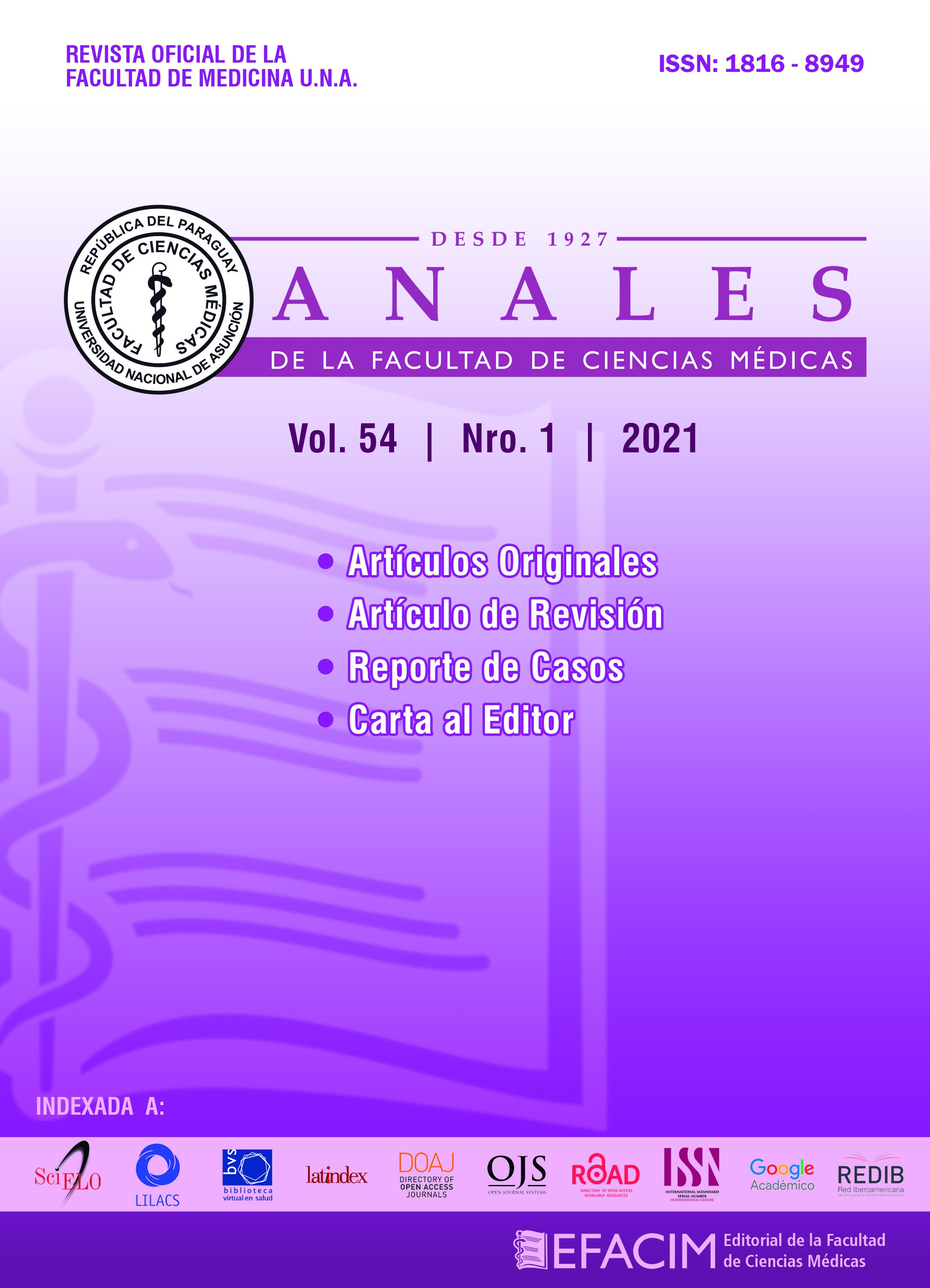Uso de membrana amniótica e injerto meek en un niño con quemaduras severas
Palabras clave:
quemaduras, membrana amniótica, injerto cutáneoResumen
El desbridamiento temprano seguido de cobertura con piel autóloga ha demostrado reducir la mortalidad en los pacientes quemados. En pacientes con quemaduras extensas, la carencia de zonas de piel donante es un factor limitante a la hora del tratamiento. El hecho de que no se pueda lograr un desbridamiento y cobertura completos en un primer tiempo favorece la infección de la quemadura y la septicemia, pudiendo tener consecuencias nefastas. Por tanto, es necesario disponer de otras opciones distintas a los injertos mallados de piel parcial, el tratamiento estándar hoy día. Presentamos el caso clínico de un niño con quemaduras severas y describimos los resultados obtenidos con el uso de la membrana amniótica como cobertura temporal y al injerto mallado tipo MEEK.
Descargas
Métricas
Citas
Rode H, Martinez R, Potgieter D, et al. Expe¬rience and outcomes of micrografting for ma¬jor paediatric burns. Burns. 2017 Mar 15. pii: S0305-4179(17)30111-0. doi: 10.1016/j. burns.2017.02.008.
Davis JW. Skin transplantation with a review of 550 cases at Johns Hopkins Hospital. Johns Hopkins Med. J. 1910,15:307.
Stern M. The grafting of preserved amniotic membrane to burned and ulcerated surfaces, substituting skin grafts. JAMA 1913, 60:973
Sabella N. Use of the fetal membrana in skin grafting Med. Rec. NY 1913, 83:478
Sistani F, Erb C, Brockmann D et al. Human amniotic membrane after different cryopreservation methods. Invest Ophthalmol Vis Sci 2001; 42: S269.
Koizumi N, Fullwood NJ, Bairaktaris G et al. Cultivation of corneal epithelial cells on intact and denuded human amniotic membrane. Invest Ophthalmol Vis Sci 2000; 41:2506-2513.
Hsieh CS, Schuong JY, Huang WS, et al. Five years’ experience of the modified Meek tech¬nique in the management of extensive burns. Burns. 2008; 34:350-4.
Munasinghe N, Wasiak J, Ives A, et al. Retros¬pective review of a tertiary adult burn centre’s experience with modified Meek grafting. Burns Trauma. 2016 Feb 26; 4:6. doi: 10.1186/ s41038-016-0031-2.
Chong SJ, Choke A, Tan BK. Technical tips to enhance micrografting results in burn surgery. Burns. 2017 Apr 22. pii: S0305- 4179(17)30058-X.
Cerizola M, Fossati G. Diferentes aplicaciones del amnios en cirugía. Cir Urug 1984; 54:224-9
Van Herendael BJ, Oberti C, Brosens I. Microanatomy of the human amniotic membranes. A light microscopic, transmission, and scanning electron microscopic study. Am J Obstet Gynecol 1978; 131: 872-880.
Choi, Tae Hoon. Antiinflammatory effects of amniotic membrane transplantation in ocular surface disorders cornea 2001; 20(4): 408-413.
Kreis RW, Mackie DP, Vloemans AW, Hermans RP, Hoekstra MJ. Widely expanded postage stamp skin grafts using a modified Meek technique in combination with an allograft overlay. Burns 1993; 19: 142-145.
Lari AR, Gang RK. Expansion technique for skin grafts (MEEK technique) in the treatment of severely burned patients. Burns 2001; 27: 61-66.
Atiyeh BS, Hayek SN, Gunn SW. New technologies for burn wound closure and healing--review of the literature. Burns 2005; 8: 944-956.
Lee SS, Tsai CC, Lai CS, Lin SD. An easy method for preparation of postage stamp autografts. Burns 2000; 26: 741-749.






